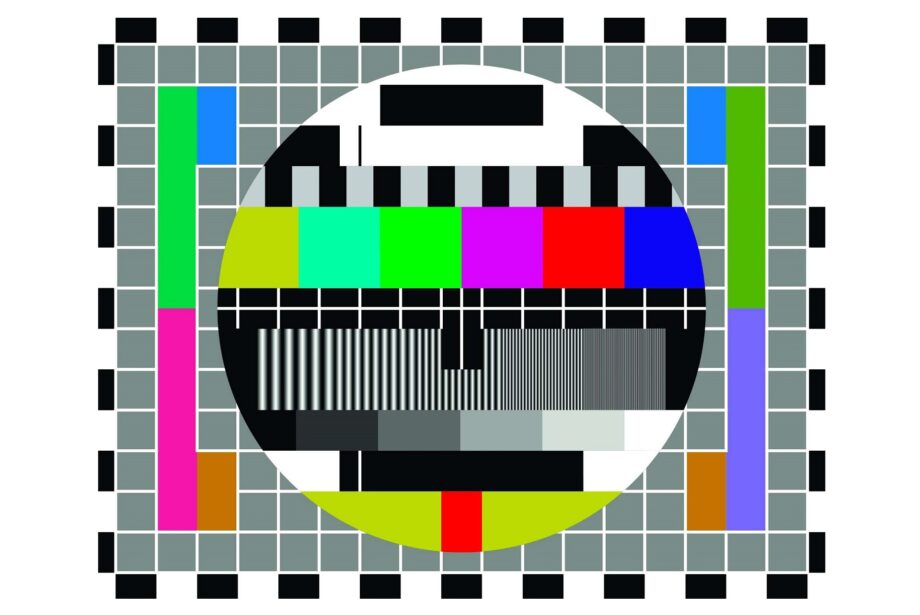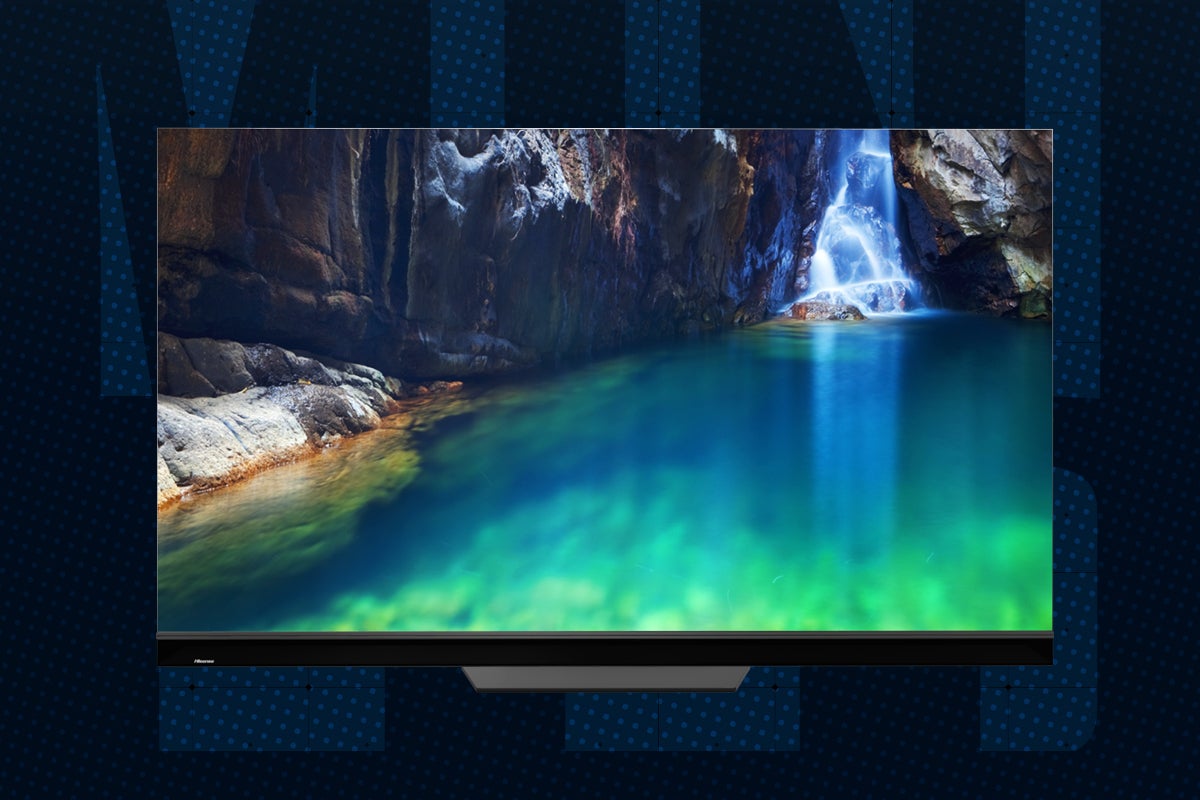What is PAL? The video format explained

PAL is a video format standard used in European, African, Asian, Middle Eastern and Australian countries.
You may not think about how the TV shows and movies we watch are formatted, but a lot of thought goes into how a video will be presented, as it can impact quality.
Read on to find out everything you need to know about the PAL colour coding technology.
What is PAL?
PAL stands for Phase Alternate Line, developed in the 1960s by Walter Bruch at Telefunken AG in Germany and created with the goal of providing a colour TV standard for Europe at a time when colour TVs were emerging in the market.
Since its release, it has become popular in Europe but can also be found in Africa, Asia, the Middle East and Australia.
The format is a colour coding system for analogue TV with its two main rivals being NTSC and SECAM. Since PAL is analogue, it means that streaming services such as Netflix do not utilise the technology, although the colour standard is still available with broadcast television. PAL still survives with physical media too, with DVDs, Blu-ray and 4K Blu-ray players.
How does PAL work?
PAL has a refresh rate of 25 per second, which means the screen refreshes 25 times every second, creating a smooth transition from frame to frame for viewers.
The picture for PAL formatted video is made up of 625 interlaced lines, with 576 lines carrying a visible image. This method was adopted to increase the vertical resolution within the PAL format and to reduce the flicker in video while still maintaining fluid motion that was realistic and enjoyable to watch by the naked eye.
625-line is also used in the SECAM analoge colour system.
Is PAL still used today?
PAL remains in use in the regions where it became popular and still dictates how a lot of analogue TVs present their image.
Since OTT (over-the-top) services stream content over broadband and not through analogue tuners, it is not as popular as it used to be. However, if you’re watching a broadcast channel despite the fact that many digital TVs are capable of pushing past the limitations presented by the format.








